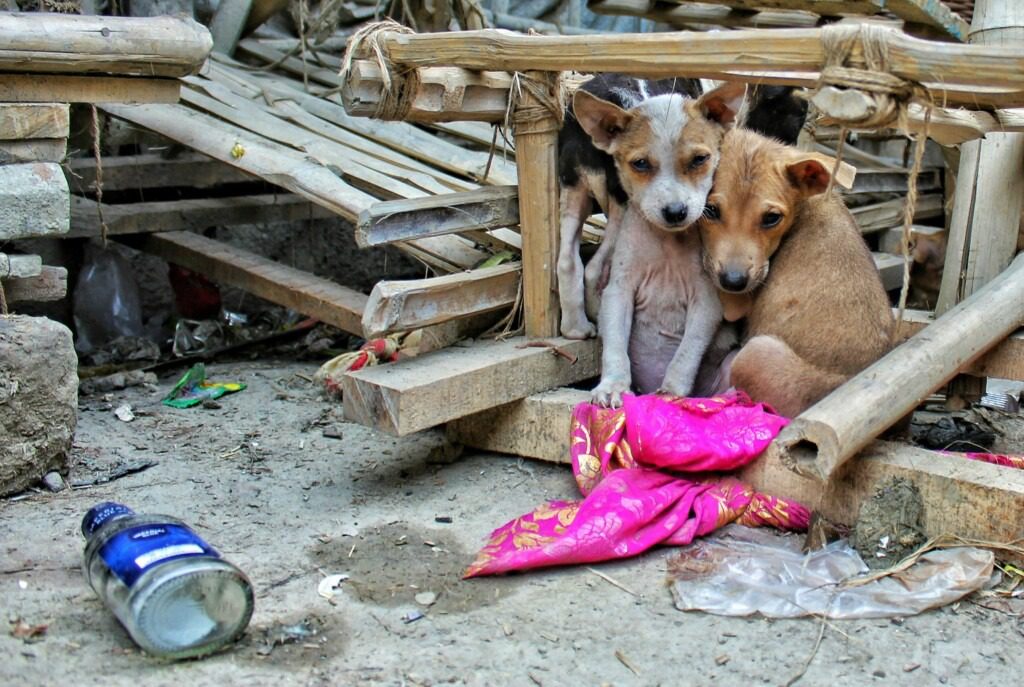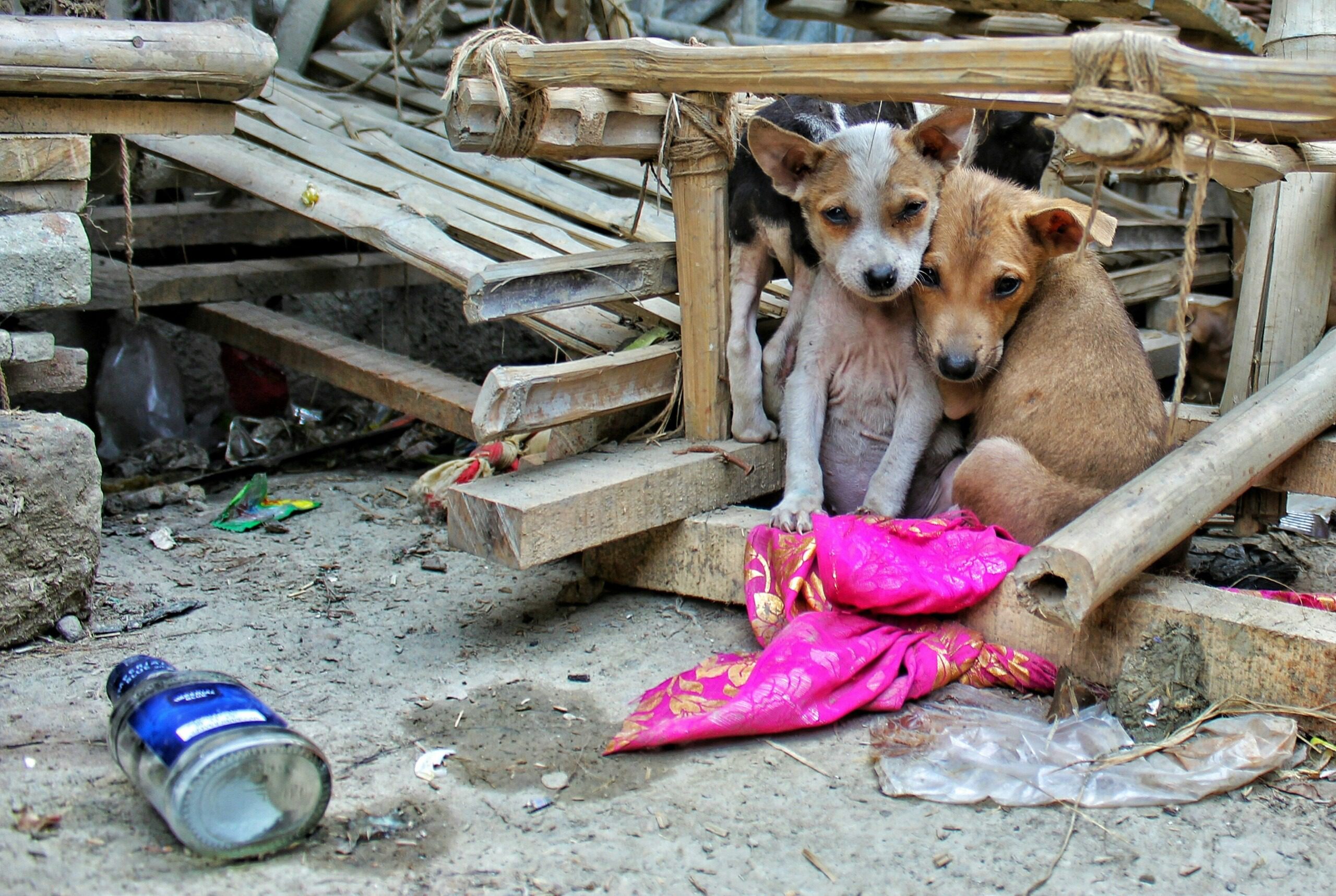How Other Countries Handle Stray Dogs — And How Citizens Can Help Build an Animal-Human Eco-Friendly Habitat
Updated on August 26, 2025

Stray dogs are a common sight in many countries, but the way societies handle them varies greatly across the world. From robust government policies to active citizen participation, several nations have found innovative, humane, and eco-friendly ways to coexist with street animals. By studying these approaches, we can learn how to create a safer, healthier environment for both humans and animals.
Global Approaches to Stray Dog Management
1. The Netherlands — A “Zero Stray” Nation
The Netherlands is often praised for having virtually no stray dogs. The government enforces strict animal welfare laws, encourages adoption over breeding, and provides free sterilization programs. Municipal shelters ensure no dog is euthanized for space reasons, and citizens actively report and support animal rescue efforts.
2. Turkey — Street Dogs as Community Members
In Turkey, especially in cities like Istanbul, street dogs are microchipped, vaccinated, and then released back to their original territories. Locals feed them, provide shelter during winters, and see them as part of the neighborhood. Public water and food stations for animals are common in parks and streets.
3. Thailand — Monks and Community Care
In Thailand, Buddhist temples often act as safe havens for stray dogs. Monks and volunteers provide food, shelter, and medical aid. NGOs collaborate with vets to sterilize and vaccinate animals, reducing population growth without cruelty.
4. Germany — Strict Licensing and Responsibility
Germany has stringent pet ownership laws. Every dog owner must register their pet, pay an annual tax, and follow microchipping rules. Abandonment is severely punished. The result? Few strays on the streets, as people understand the responsibility that comes with pet ownership.
5.In London, England, the management of stray dogs is handled by district authorities through a dedicated dog warden service. By law, all pet dogs over eight weeks of age must be microchipped, with the chip linked to the owner’s contact information stored in a national database.
When a stray dog is reported, local authorities are legally required to collect it, attempt to trace the owner, and safely hold the dog for up to seven days. If the owner cannot be located within this period, dogs deemed suitable are placed for adoption or rehomed through approved shelters. Unfortunately, in cases where a dog is considered unsuitable for rehoming, humane euthanasia is carried out as a last resort.
6. India — The ABC (Animal Birth Control) Approach
India’s Animal Birth Control program focuses on sterilization and vaccination, especially against rabies. While implementation varies from city to city, NGOs and local communities play a big role in managing dog populations humanely.
How Citizens Can Contribute to a Humane & Eco-Friendly Animal-Human Habitat
Creating a balanced coexistence isn’t just the government’s job — citizens are equally responsible. Here’s how individuals can make a difference:
1. Support Sterilization and Vaccination Drives
Participate in or donate to local NGOs that carry out Animal Birth Control programs. Sterilization is the most effective way to manage stray populations in the long run.
2. Provide Clean Food & Water Stations
Placing simple feeding bowls and water containers in safe public spaces can help strays survive without scavenging in unhygienic areas, reducing the risk of disease.
3. Promote Adoption Over Buying
Encourage friends and family to adopt strays instead of buying exotic breeds. Adopting a street dog not only saves a life but also reduces the burden on shelters.
4. Educate Others on Animal Welfare
Awareness is key. Share information on rabies prevention, responsible pet ownership, and compassion for strays through schools, community events, and social media.
The Vision — A Shared Habitat
An eco-friendly human-animal habitat isn’t about removing strays from our surroundings; it’s about creating an environment where they live safely without posing risks to public health. Combining humane population control with citizen responsibility can make cities more harmonious, compassionate, and sustainable.
By learning from global practices and working hand-in-hand with local communities, we can ensure that our streets are safe for both people and the animals who share them.
A passionate explorer and storyteller at heart, the author of TrendyTravelNews.com brings you the latest travel trends, destination guides, and insider tips from around the globe. From hidden gems to headline destinations, they’re on a mission to make your travel experiences smarter, richer, and more memorable.










